If your goal is to be more feminine, then your first step to femininity is to always ask a man. Why? Because femininity is the inverse of masculinity. Unfortunately, nowadays, most women have emancipated themselves right out of their femininity. And most men are understandably wary of telling any woman — even one who asks — what she might do to make herself more desirable. So what is a girl to do if she can’t always ask a man?
This post contains affiliate links. If you click a link and make a purchase, I may receive, at no additional cost to you, a small commission. Find out more on my Disclosures page, and thank you so much for your support!
By the way, although I am talking about how to appeal to men, I would implore you to try these ideas in EVERY relationship that you have. The world is a better place when we choose to make femininity — feminine characteristics and behaviors — part of our homemaking.
Home is more comfortable, more beautiful, and more homelike when it is suffused with the attitudes and qualities that we associate with femininity — tenderness, warmth, tranquility, care and comfort. In fact, home should be a refuge from the striving ambitions and competition of the outside world — both tendencies that we consider to be more masculine.
1. Find Out What Appeals to Men
Fortunately, even though it is now difficult to ask men (or anyone) to tell you how you can improve yourself or become more feminine, one of my vintage books is firmly focused on just this subject. The title is, in fact, Always Ask A Man: The Key to Femininity. It is by Arlene Dahl, an actress, writer, teacher, and designer, and in this book, she focuses on the idea that women have femininity as their birthright, and that by developing it, a woman can attract a man who loves her and takes care of her. (It has very much the same attitude as books like Fascinating Womanhood by Helen Andelin and Created to Be a Helpmeet by Debi Pearl.)
Dahl writes that if you want to know what appeals to men, you have a couple of options for finding out: to look at yourself objectively, and to ask men what they want and then listen to them.
She also explains that what one man thinks is a pretty good indication of what most men think, pointing out that if a stranger compliments your perfume or your hat spontaneously, your boyfriend or husband will probably like it too. She then thoughtfully gives several ideas of what constitutes femininity from famous mid-century men. So, if she is correct, you ought to be able to use this to help you be more feminine, even if you can’t actually ask any of the men in your life (or don’t want to!).
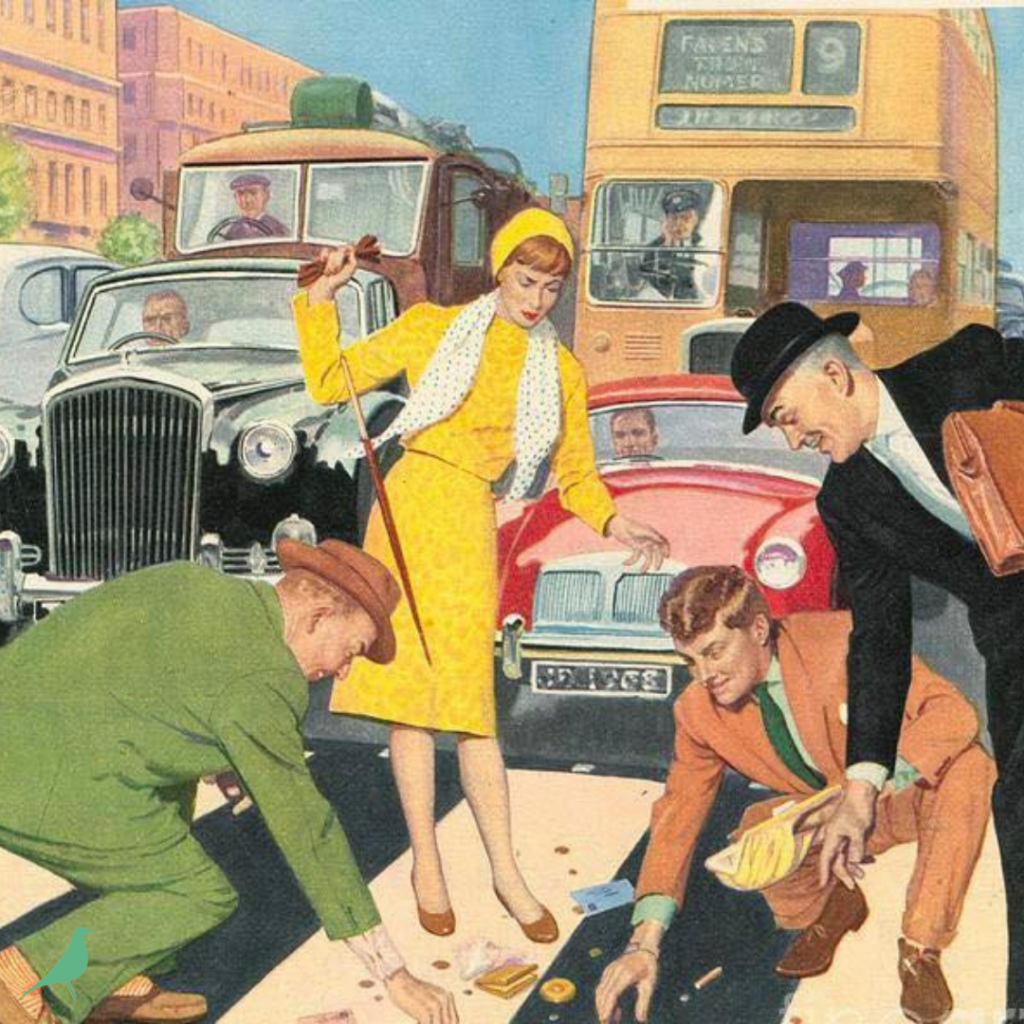
2. Look at Yourself Objectively
What does it mean to “look at yourself objectively”? Well, the question that you are asking yourself here is, “What impression am I making on others?” You are trying to understand what things you do which seem unfeminine.
Do you have any unfeminine habits? (And what are feminine habits?) According to Miss Dahl, the primary unfeminine habit that housewives fall into is being frumpy in front of their husbands. Another big one is not feeling lucky that they HAVE their husbands, and treating said husbands accordingly.
One thing she does NOT mention is that women should be sexy and attention-seeking. Now, this may seem like a contradiction, but she is encouraging women to seek out long-term-relationship-type attention, rather than one-night-stand attention. She discusses this more in a later chapter, tho. (Always Ask a Man is actually saying mostly the same things as The Rules by Ellen Fein and Sherrie Schneider.)
3. Be a Good Listener & Listen to Men
According to almost all of my vintage marriage and self-help books, the biggest communication problem in vintage marriages was NOT mansplaining, but . . .
WOMEN INTERRUPTING THEIR HUSBANDS.
Seriously. Every book (The Total Woman, How to Help Your Husband Get Ahead, Fascinating Womanhood, etc.), including this one, warns women to stop interrupting at all costs, and most of them have a dire story or two about marriages DESTROYED by the wife trying to tell the jokes at a party or interrupting her husband’s story in front of their friends.
And this book also comments that listening to men is a way to attract a man because all men love to be listened to! Actually, this is generally good advice for being more feminine — listening to others will attract others — mostly because there are so few good listeners, and everyone wants to be listened to. (Of course, you end up with no one to listen to you. This makes some people feel bitter, and some feel that they are doing good in the world, which mitigates resentment. Choose accordingly.)
So, if you want to seem more feminine, ask a man what he thinks (about anything), and listen to the answer — without interruption — until he is done speaking. (Bonus points if you watch him the whole time with lowered chin, shy glances, and a look of mingled respect and innocence, as per Fascinating Womanhood, or, The Art of Attracting Men by Psychological Press.)
4. Have a Style of Your Own
The book also devotes a later chapter to this. Briefly, it enhances a lady’s personality to be associated with a particular color accent, accessory, or perfume.
Some examples of signature styles are Veronica Lake’s wavy hair, or a woman who always wore Evening in Paris perfume. Other examples are the consistent look worn by Marilyn Monroe, Grace Kelly, Audrey Hepburn, or Jackie Kennedy (which she later changed as Jackie O). Yet another example is the look and attitude of the Hitchcock blonde femme fatale.
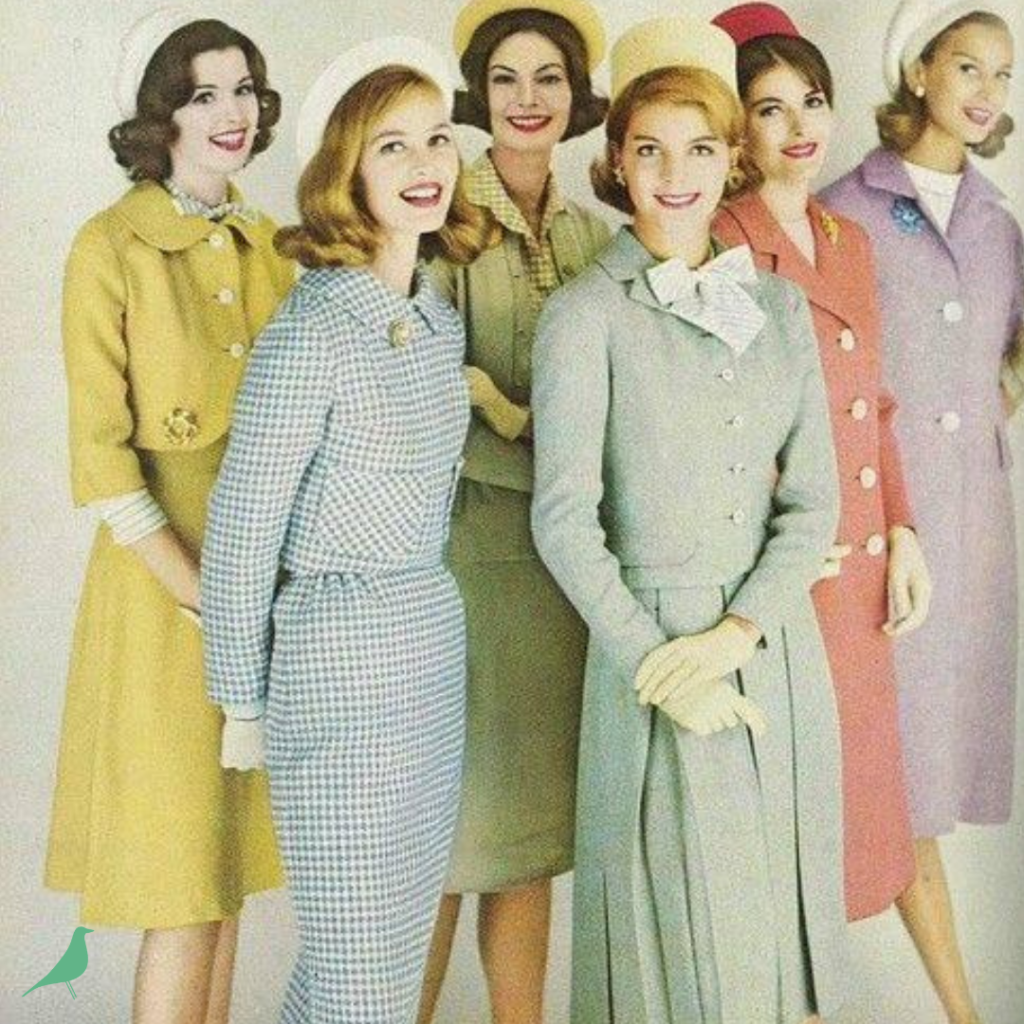
5. Be Interested in Other People
Part of this goes back to being a good listener. You can show that you are interested in others by listening to them without interrupting, asking intelligent questions, and using only specific, personalized compliments. You can also use specific body language cues, like the ones that I mentioned above.
The first requirement for active listening is to concentrate on what the other person is saying. Do not go on to your own remarks until you have commented on what the other person has said. Better still, if you can pick up on some subtle point and ask the other person about it, to show you are listening thoughtfully.
If it has been some time since you conversed with the other person, pick up the thread from the last time. Perhaps they had been anticipating a trip — ask them about how it went. Perhaps a story was interrupted — ask them about the ending.
Truthfully, if you are an active listener, others will often think that you are the most charming conversationalist in the world!
6. Cultivate Poise & Social Awareness
This can also be called cultivating common sense! This is about the little things, like tact, awareness, and courtesy.
Learn — and use — proper manners, including handling awkward moments and small talk. Also know how to be a gracious guest, and how to be a gracious hostess. In particular, learn the most gracious ways to handle social dilemmas and blunders.
Develop your personal magnetism. Develop your tact, your sense of timing, and your light magic touch in conversation. Use diplomacy to persuade, object, complain, and decline. Learn to handle another’s bad temper or hurtfau behavior with a light touch to diffuse the situation.
Most importantly, don’t ever stop your own personal and social growth. Through self-improvement and self-education become a more interesting person. Remember that when you stop growing, you start dying — and apply that to your social awareness and image.
7. Have a Light Touch
This could also be called having a sense of humor! It is effective at reducing tension in conversation. It means using brief, amusing, vivid descriptions as repartee, but not using them too frequently. Your use of the magic touch must be intermittent.
The light magic touch interjects a hint of levity in a tense situation. For example, you might respond to your husband making a rude remark by adopting a “Shirley Temple” persona and shaking your “curls” while shaking your finger at him. You might use a droll comment to a presumptuous stranger making personal remarks. Or you might use a blithely amusing anecdote to turn the conversation from a controversial political comment.
Don’t overuse the magic touch, or allow it to be too heavy-handed. And don’t be long-winded. Couple this technique with plenty of active listening, or you might seem rude!
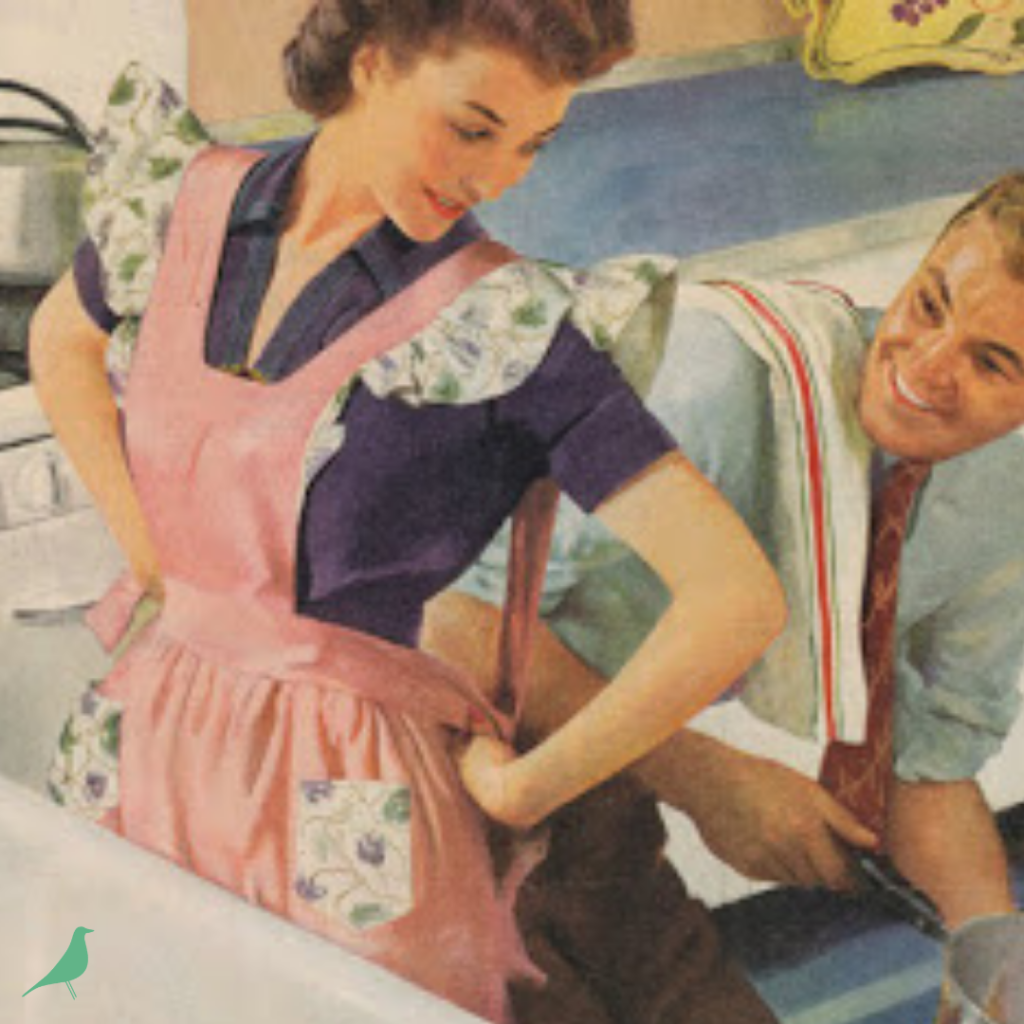
Other Feminine traits
There are other feminine traits mentioned in this chapter. Miss Dahl asked several male celebrities what was feminine. Those traits are poise, tranquility, warmth, dignity, generosity, giggliness, tenderness, an air of mystery, intelligence, and elegance. Cultivating your femininity also includes developing your social image, living graciously, and improving your appearance.
In fact, the next chapter in this book is all about The (Lost) Art of Femininity! And I’m sure we’ll learn a lot there, too. In the meantime, leave a comment below telling me which of these ideas you want to try!
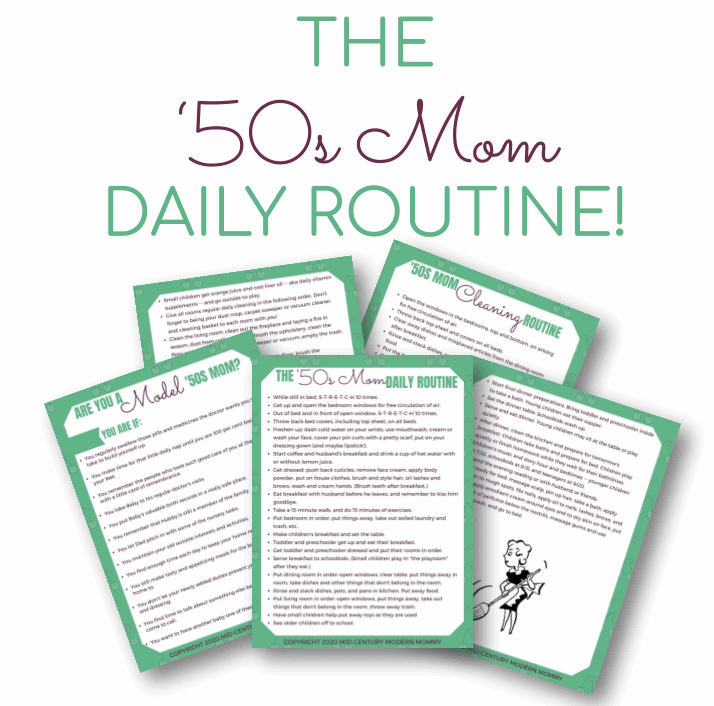
Get Our Mid-Century Mom Daily Routine FREE!
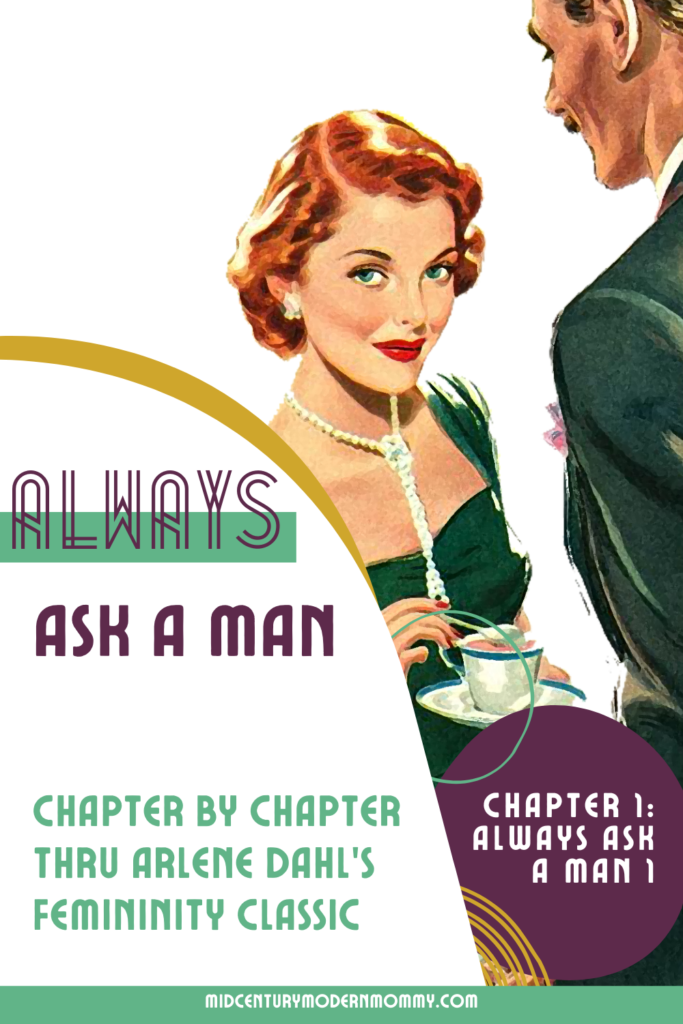

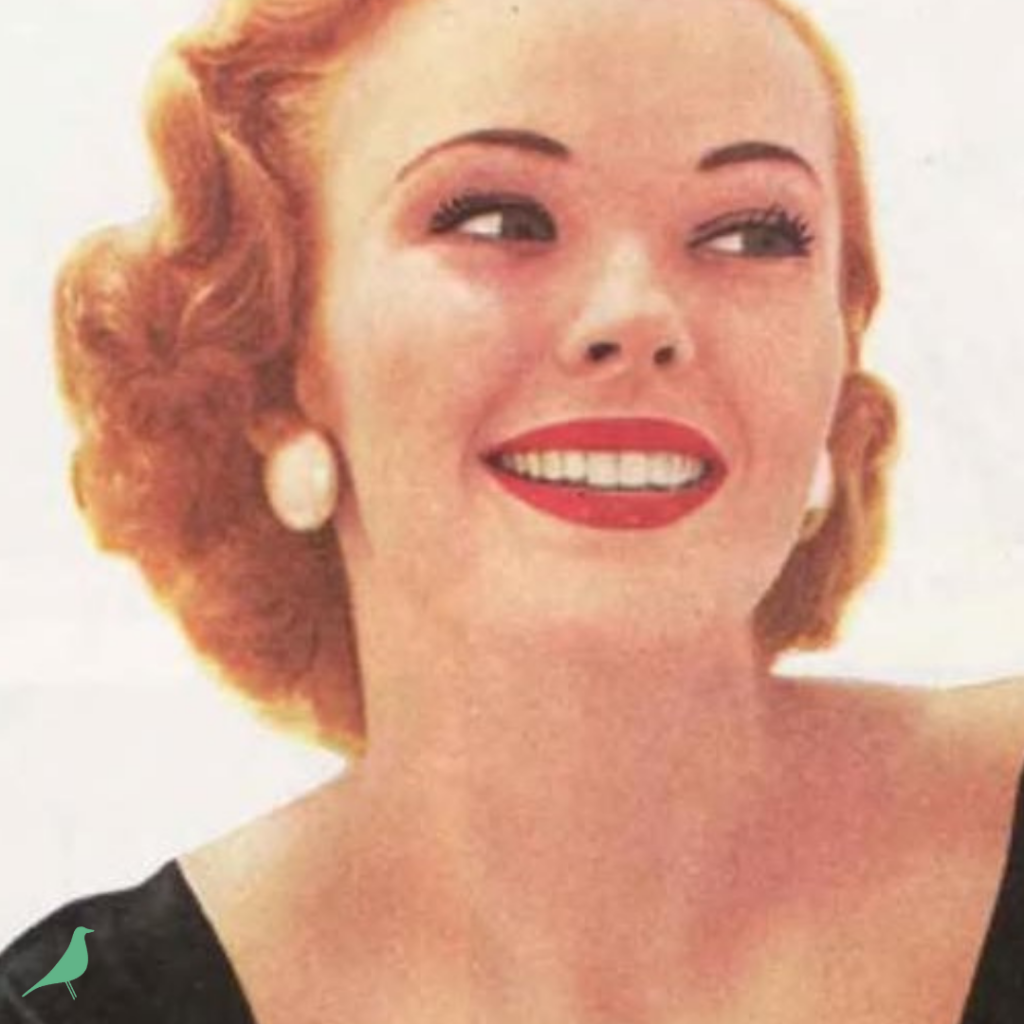
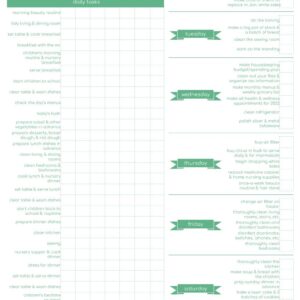
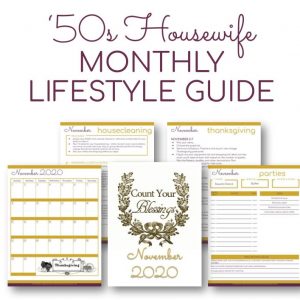

This was such an interesting post! I love the topic of becoming more feminine! I hate to admit it, but I think I interrupt my husband….a lot!! This is something I’d like to improve. I also like the idea of having a “signature style”… need to think about what that might look like. Many years ago I wore skirts/dresses most of the time, and my husband and kids always mentioned how pretty I looked. I wear jeans most of the time now, and don’t get as many compliments…..maybe I’ll go dress shopping!
Meggan,
I spent a year wearing only dresses and skirts, and I found it quite an enjoyable experiment! My husband definitely prefers it when I wear skirts or dresses, too. And nothing looks more feminine than a housewife doing her work in a pretty housedress (mine are all easy-wash cotton) and ruffled apron!